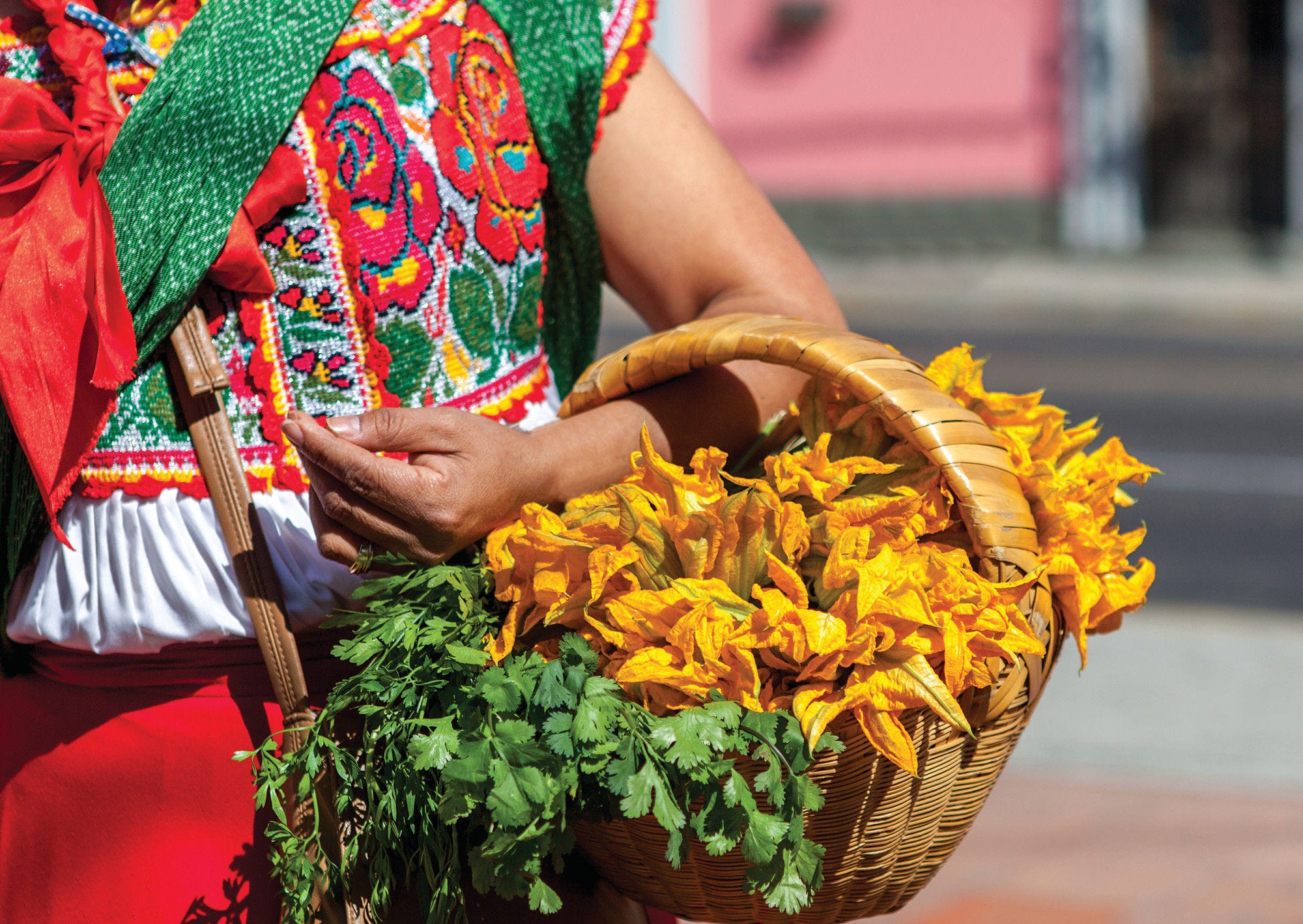Drug use disorders are a growing cause of short- and long-term health problems, economic cost and social burden. In 2017, an estimated 271 million people, or 5.5% of the global population aged 15‑64, had used drugs in the previous year, while 35 million people are estimated to be suffering from drug use disorders. In addition, there were 585 000 deaths and 42 million years of “healthy” life lost as a result of the use of drugs. Around half of the drug related deaths were attributed to untreated hepatitis C (UNODC, 2019[36]).
Substance abuse refers to the harmful or hazardous use of psychoactive substances, illicit drugs. Psychoactive substance use can lead to dependence syndrome – a cluster of behavioural, cognitive, and physiological phenomena that develop after repeated substance use and that typically include a strong desire to take the drug, difficulties in controlling its use, persisting in its use despite harmful consequences, a higher priority given to drug use than to other activities and obligations, increased tolerance, and sometimes a physical withdrawal state.
Cannabis is globally the most commonly used psychoactive substance under international control. Worldwide, there were an estimated 188 million past-year users of cannabis in 2017, corresponding to 3.8% of the global population aged 15‑64 (UNODC, 2019[36]). There is an increasing demand of treatment for cannabis use disorders and associated health conditions in high- and middle-income countries, and there has been increased attention to the public health aspects of cannabis use and related disorders in international drug policy dialogues. Countries, such as Uruguay, have introduced partial legalisation of cannabis under clear regulation, for instance allowing pharmacies to sell cannabis, aiming to reduce the illegal market, raise revenue through taxation and establishing the capacity of the government to regulate the provision and consumption of the substance. In 15 LAC countries with data, in average 5% of the population uses cannabis regularly. Prevalence of cannabis use is significantly higher in Chile and Jamaica (15%), followed by Uruguay (9%) and Argentina (8%). The lowest consumption is found in Panama, Ecuador and Bolivia, all with 1% prevalence (Figure 4.32, left panel).
Traditionally coca leaves have been chewed by people in the Andean countries of South America for thousands of years. The main alkaloid of the coca leave, cocaine, was isolated relatively recently in about 1860. Cocaine was then used in patent medicines, beverages and ‘tonics’ in developed countries in Europe, North American and in Australia until the early 1900s. It is now widely available as an illicit recreational drug. Regarding cocaine, prevalence in 14 LAC countries with data is 0.65%. Argentina and Uruguay have the highest rate in the region in 1.6%, followed by Costa Rica (1.2%) and Chile (1.1%), while cocaine use in most LAC countries is under 1% of the population (Figure 4.32, right panel).
Regarding mortality, Guatemala and Argentina have the highest drug-related death rates, but still almost three times lower than the OECD countries average. Opioid problematic use are the leading specific cause of drug-related deaths in LAC with 0.7 deaths per 100 000 population, a number much lower than in OECD countries (4.4) where some countries are experiencing a so-called ‘opioids crisis’ (OECD, 2019[37]). Grenada and Dominica have the highest death rate due to cocaine consumption (0.3 deaths per 100 000 population), close to the average rate in OECD countries (0.4). The share of deaths attributed to amphetamines and other drugs is lower across the region (Figure 4.33).
Intersectoral policies that influence the levels and patterns of substance use and related harm can take a public health perspective to reduce the health, economic and social problems attributable to substance use, and interventions at the health care system level can work towards the restoration of health in affected individuals. Policies must also reflect changing attitudes towards drug abuse and contribute to the removal of the stigma associated with addiction, to enable the integration of current and former users as well as their successful treatment and recovery.


